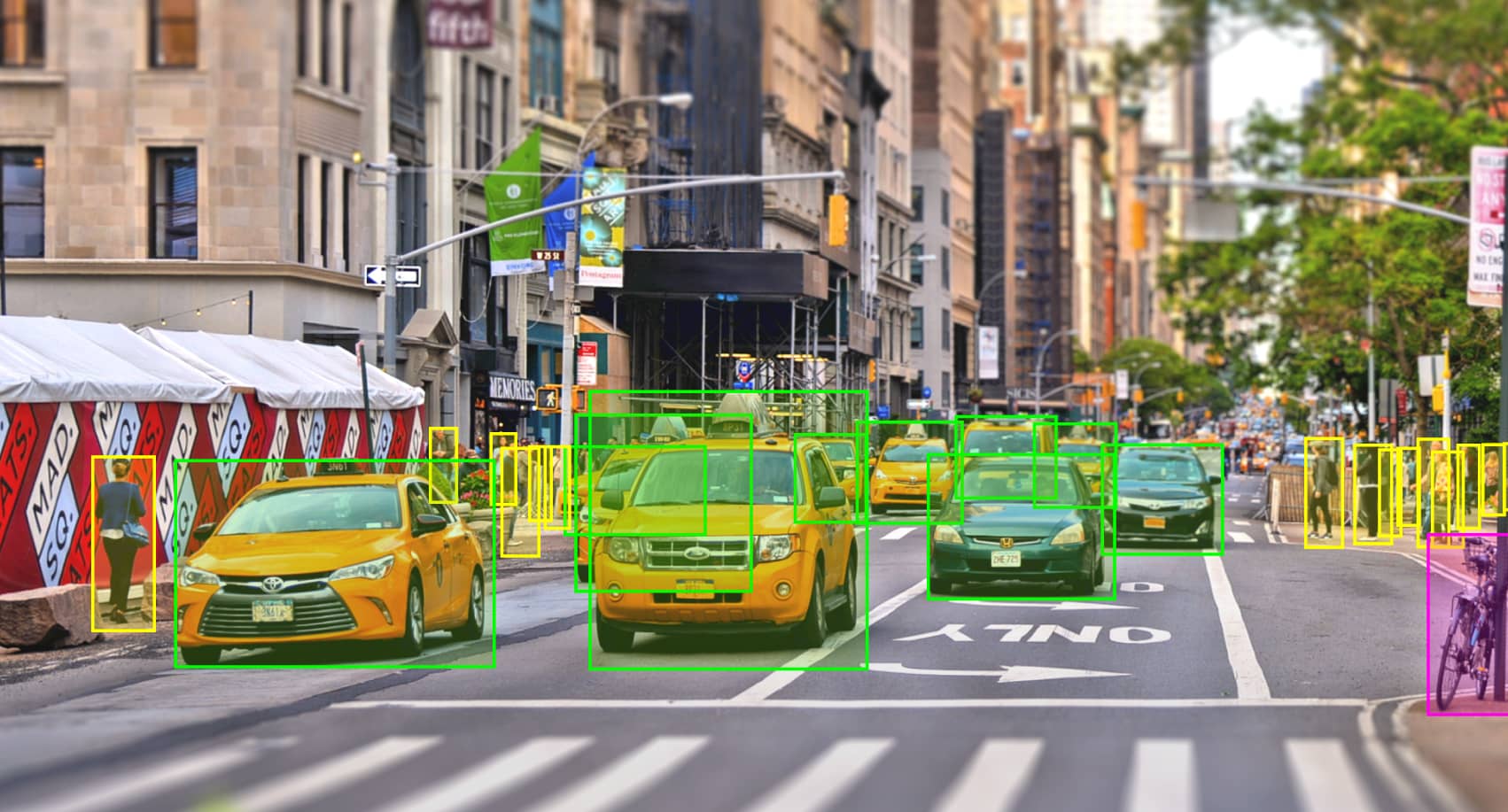In the present data-driven environment business across the globe rely on the power of artificial intelligence (AI) as well as machine learning (ML) to draw crucial insights from the vast amount of data. Image annotation is an essential computer vision technique that plays an essential role in making images data accessible. In this article, we dive into the realm of image annotation and explore the significance of tools for image annotation including software and other solutions to unleash the full potential of data-driven decision-making.

Image annotation is the process of tagging or labeling images with metadata that allows computers to comprehend and interpret images with precision. Image annotation allows models using ML to identify objects, patterns and attributes in images, by introducing annotations, such as bounding boxes or polygons. This bridges the gap between raw images and actionable data, opening the way to various applications, including autonomous vehicles, medical imagery, ecommerce and surveillance.
A wide range of image annotation tools have been designed to facilitate annotation. These tools have intuitive interfaces that allow users quickly mark images or other objects of importance. They offer a variety of annotation options and customizable features that can be adapted to various data requirements. Image annotation tools come with a variety of tools, including basic drawing tools to automatic suggestions, as well as advanced recognition of shapes. They enhance the accuracy and effectiveness of annotation and permit annotators to perform their effectively and efficiently.
Image annotation software takes the annotation process to the next level by incorporating automation and collaboration features. The software applications use ML algorithms to automate the annotation process, which reduces manual labor and increasing annotation speed. Utilizing techniques such as transfer learning and active learning, annotation software accelerates the process of labeling, while still delivering the highest quality of results.
Moreover, annotation software facilitates collaboration between multiple annotators which allows teams to collaborate seamlessly. It offers real-time annotation synchronization and commenting features, which ensures smooth communication. This method of collaboration does not only enhance the quality of annotations, it also promotes knowledge sharing and ensures consistent annotations.
When choosing an image annotation software There are several aspects that must be considered. In the first place, it needs to be aligned with the specific requirements of the particular project. These include the types of annotation (e.g. polygons and keypoints) and the complexity of task of labeling, as well as the scalability.
In addition, flexibility and adaptability In addition, flexibility and scalability are essential. A reliable solution for annotation should permit customizations of annotation workflows and also the integration of existing systems and the ability to work with different formats of data. This flexibility will allow the annotation software to fit seamlessly into existing workflows.
Thirdly, it is important to determine the quality of annotations that the software creates. Quality control tools are employed by trusted image annotation software to ensure accurate and consistent labeling. This could be done through verification of annotation agreement, inter-annotator validation and continuous feedback loops between annotations and reviewers.
The significance of image annotation extends beyond the process of annotation itself. Companies can enhance the value of information through the use of image annotating tools, solutions as well as software. Firstly, accurate annotations allow for more accurate and reliable ML model development and training. These models can be used in a variety of applications, including image classification, object recognition, and anomaly detection.
In addition, image annotation aids data-driven decision-making by providing rich and valuable insights from visual data. Annotated medical images, for instance, can be used in the health sector to diagnose illness, spot anomalies and determine the best treatment options. Images are often used to make annotations in online shopping to facilitate search capabilities for images such as visual merchandising system for recommending products.
The use of annotation for images with data science has revolutionized the way we work, unlocking a valuable resource. It speeds up the analysis of data, find connections that are not obvious, and generate real-time insight. Image annotation can help organizations improve their processes and get on the market quicker, while reducing costs. Additionally, it gives them an edge in the market. Images that are annotated are more accessible and helpful for all employees in any business because they help to understand concepts easier than abstract figures. In the end, if used correctly, image annotation is a powerful tool for transforming data into actionable insights and maximizing its utility in all sorts of applications.